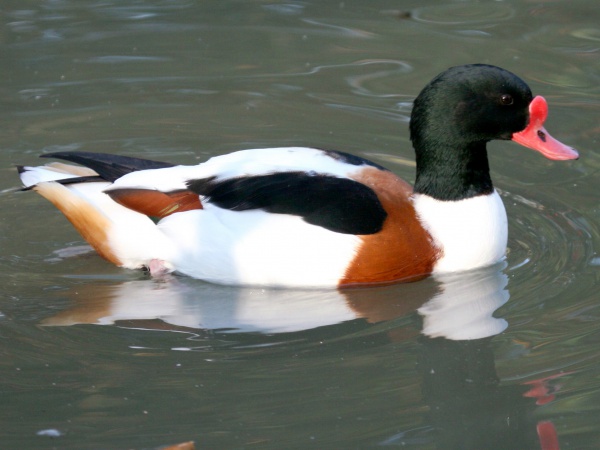Facts About Common shelduck
The common shelduck, a notable member of the shelduck genus Tadorna, is a distinguished waterfowl species thriving across the Euro-Siberian region of the Palearctic. These birds breed in temperate areas and migrate to subtropical regions during the winter, with some even wintering in the Maghreb. The scientific name, Tadorna tadorna, is derived from the French word "Tadorne" which likely has Celtic origins meaning "pied waterfowl"—a term akin to the English "shelduck."
In appearance, the common shelduck resembles a small goose with a short neck. It possesses striking features: a reddish-pink bill, a predominantly white body with chestnut patches, a black belly, and a dark green head and neck.
These birds are predominantly found in temperate Eurosiberia, with many migrating to warmer regions during the winter. However, in Western Europe, some populations remain year-round.
The breeding habits of common shelducks are quite versatile. They nest in rabbit burrows, tree holes, and even haystacks. Along the coastlines of Great Britain and Ireland, they are a familiar sight, often seen in salt marshes and estuaries. The Wadden Sea is a popular moulting location, where they gather in large flocks. During this time, adults leave their young in a crèche while they shed and regrow their feathers.
Behaviorally, common shelducks are known for their clever tactics to evade predators. They dive underwater to escape danger, and adults often act as decoys to protect their young.
The common shelduck is protected under the Agreement on the Conservation of African-Eurasian Migratory Waterbirds (AEWA). While they are rarely seen in North America, there have been occasional sightings in the U.S. and Canada.

 Poland
Poland